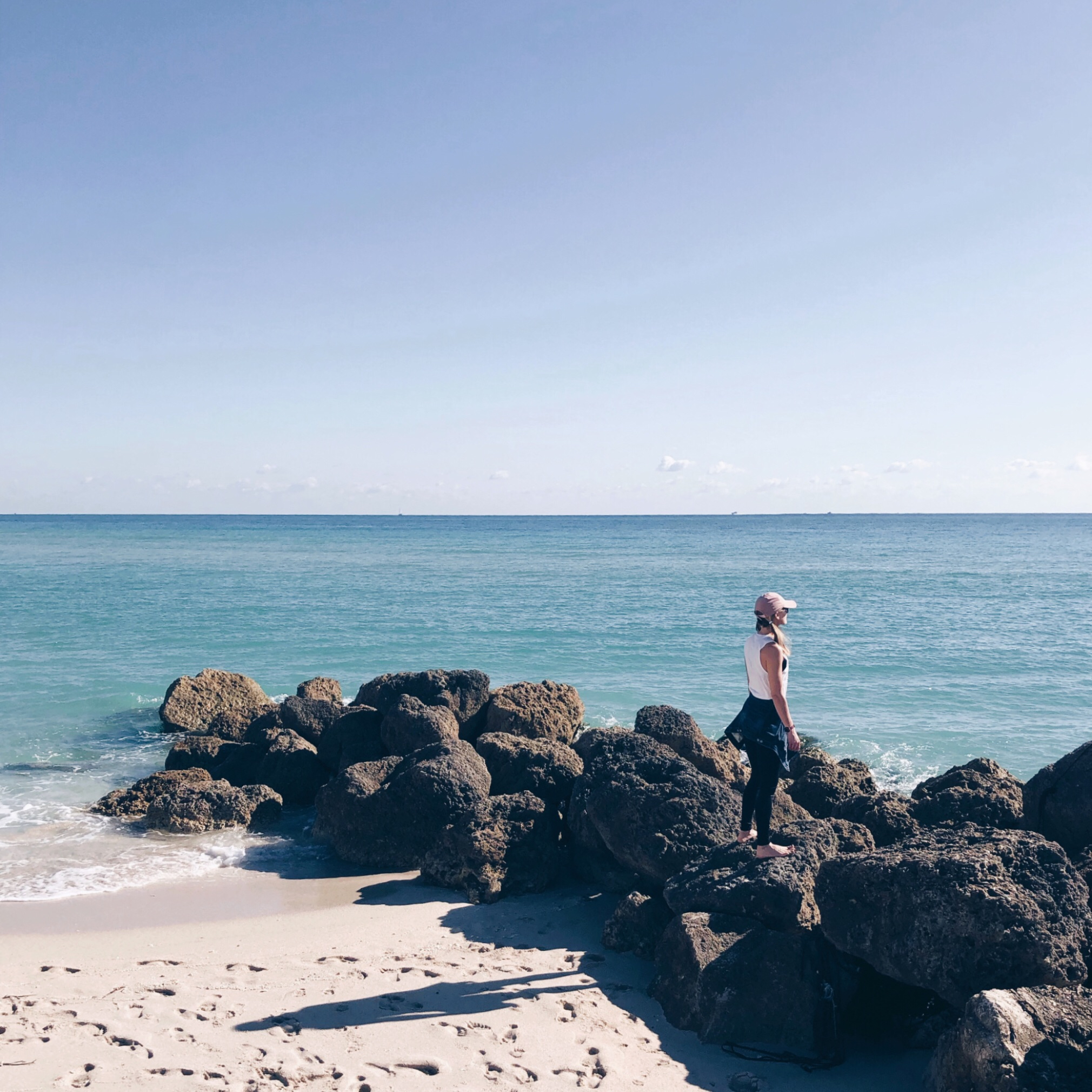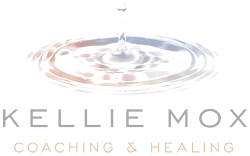*This post provides a tool for you to use at another time, hence the longer than normal reading time!
Transitions are ubiquitous. They’re not only big, life-altering events, but they’re also daily occurrences. If you’ve shared your day with a child, she’s likely made you aware of all the transitions that are happening in her day. Shifting from playtime to mealtime, sleeping to waking, or school to home can ignite a variety of emotions. Adults make similar transitions throughout the day from sleeping to waking, work to home, or home to work, too. It’s understandably hard for kids and adults to switch gears—we are creatures of habit, after all. As adults, we’ve (mostly) learned to navigate the transitions of our days without major meltdowns or tantrums. Yet we’re often moving through them rather mindlessly, and as a result we miss the learning that these everyday transitions have to offer.
Habits Matter
I speak from personal experience. It’s not infrequently that I’ve found myself finishing up an Instagram post in the parking lot just minutes before I pick up the kids from school or jumping into work without pause after the morning drop off. I’ve become aware, though, that these habits create stress in my body, which I can sense in my heart rate, tense shoulders, or racing thoughts. I’ve learned that I need to build in a pause when transitioning between roles and tasks to allow my mental and physical gears to shift more slowly. Practicing this pause allows me to step more solidly to the next thing, rather than hopping frantically from place to place.
In addition to hopping from one thing to the next, many of us develop other habits (meaning automatic patterns) to go with our daily transitions. Coffee, alcohol, scrolling social media, binge-watching TV, and sugar are all ways we may avoid or disconnect in the midst of our daily gear shifts. None of these are inherently bad when consumed in moderation and with mindfulness. And none of them are good for us when our bodies, hearts, and minds actually need something else in the moment. (Raising my hand here, because I can easily avoid my own healthy bedtime routine with mindless Instagram scrolling).

Habits, thankfully, allow us to meet many of our basic needs without much conscious effort. But they can also keep us feeling stuck, because they’re notoriously hard to break. While many of the habits we cultivate serve us (brushing your teeth!), many do not, because they actually disconnect us from mindfully checking in with ourselves and honoring our needs in the moment. Thankfully, the science of neuroplasticity shows us that we can change the structure and function of our brains, and thus our habits, with some mindful and consistent effort. It’s this mindful attention to our daily transitions and a subsequent shift in habits that, I believe, can help us navigate our larger life transitions.
Zoom In
Have you heard the saying how you do one thing is how you do everything? Although I believe we’re much more nuanced than this statement suggests, there is truth in these words. I believe our approach to daily transitions often mirrors our approach to the larger life transitions. For example, one of our kids moves painfully (for me) slow, operating completely on her own timeline whether it involves getting out the door in the morning or coming to the table for dinner. She’s measured, observant and cannot be rushed, even as she is focused on the next task. Our other child mayn’t stay focused on the transition at hand, opting to delay bedtime or avoid the break in play, but he is always moving. He’s quick, more impulsive, and eager to please. Neither of these tendencies are good or bad. They’re different, AND they mirror how each child approaches life in general, including life transitions.
Many women I connect with are facing one or more life transitions such as a career change, a relationship beginning or ending, healing, a milestone birthday, becoming a mother, or returning to work after the birth of a child. These transitions often bring us (myself included) to coaching, because they tend to come with some uncertainty, whether we’ve chosen the transition or not. While we may feel excited or hopeful, we may also feel uncomfortable, doubtful, or fearful. We may yearn to connect with a sense of flow through our transition or more clarity or less stress through the process. No matter the yearning, I believe that zooming in on our habits in the micro-transitions is one way we can learn to navigate the big stuff with more ease and confidence. And, to be clear, wherever you are in transition is right where you need to be. There is no need to rush through it. Being in it is so often where the growth happens.
Self-Awareness and Mindful Practice
Zooming in and focusing on your everyday transitions can feel trivial, but as Adam Grant suggests, understanding a thing’s importance in the big picture can make it more meaningful. Remember that small shifts in your everyday habits will impact the bigger picture. But, it will take practice and effort. There is no magic pill. You have to do the work.
Now that you have some awareness around your habits in daily transitions, you may wish to consider making a shift in these habits. If you’ve already mastered mindful transitions and feel good where you are, that’s great. You’ve still gained awareness of the things that are working for you, and you can apply these to bigger life transitions that may feel less manageable. Call on the strengths, skills, and traits that are already working for you. If you know it works for you to have a quick check-in with your spouse when you arrive home each day, maybe you use a similar strategy in your upcoming job transition. If you know it works to focus only on the next thing on your to-do list rather than on all the things, try it out when addressing your move across country next month.
If, however, your awareness highlighted habits or tendencies you yearn to shift, read on…
Zoom Out
Once you’re more aware of your habits and patterns through daily transitions (and you’ve established some new patterns if desired), you may find that you feel more empowered to navigate bigger transitions. That can certainly be expected when you’ve built your foundation of self-awareness and made mindful, albeit small, shifts in your habits.
Self-awareness is the foundation for all growth and learning. You cannot go in reverse when it comes to self-awareness. If you want a next-level step, apply the questions above (with some wording adjustment) to a bigger-picture transition. See what comes up!
I also invite you to use what you’ve learned about yourself to write your own permission slip (inspired by Brené Brown) for transitions. What permission do you need to give yourself in this transition. Permission to move slowly? Permission to be imperfect? Permission to not have it all figured out?
As always, I’m happy to talk about any questions you may have! If you’re in transition, I’d love to support you. Send me an e-mail or sign up for a complimentary exploratory session!


